Debarking
paul3636
16 years ago
Related Stories
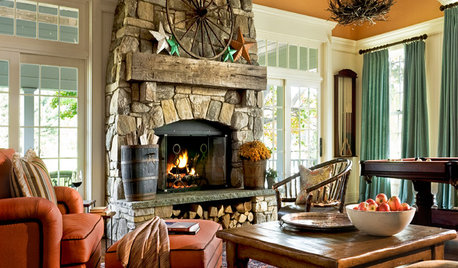
FIREPLACESFind a Fitting Place to Store Your Firewood
Fuel warm and snuggly nights at home by including a spot for logs in your fireplace design
Full Story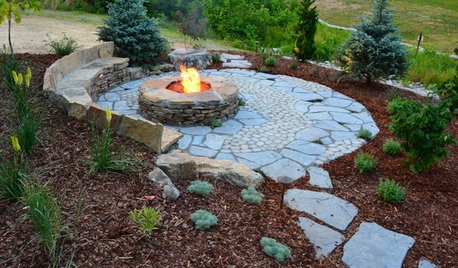
HOLIDAYS10 Ways Your Christmas Tree Can Live On After the Holidays
Learn how to recycle your Christmas tree and reap benefits for the environment
Full Story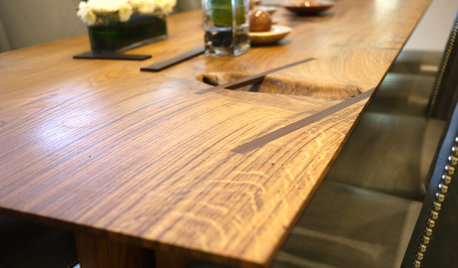
FURNITUREWood Furniture Has Root Cause
Sustainability is just the beginning with Robin Wade's lovingly made 'rustic modern' wood furnishings
Full Story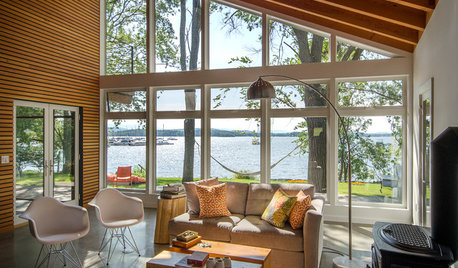
HOUZZ TOURSHouzz Tour: Flexing New Design Muscles on a Vermont Lake
A budding architect gets to build the home of her choice in an idyllic setting — and live there too
Full Story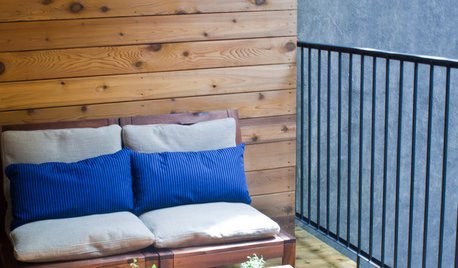
HOUZZ TOURSMy Houzz: An Eclectic, Cozy First-Time Home in Montreal
A Canadian flat rediscovers its original character with a revamped layout and a few polished touches
Full StoryMore Discussions









lucy
paul3636Original Author
Related Professionals
Belvedere Park Landscape Contractors · Centereach Landscape Contractors · Clayton Landscape Contractors · Columbine Landscape Contractors · El Segundo Landscape Contractors · Indianapolis Landscape Contractors · Louisville Landscape Contractors · Rio Linda Landscape Contractors · Secaucus Landscape Contractors · Tewksbury Landscape Contractors · Vashon Landscape Contractors · West Chicago Landscape Contractors · Cincinnati Decks, Patios & Outdoor Enclosures · Fort Collins Decks, Patios & Outdoor Enclosures · Salem Decks, Patios & Outdoor Enclosuresgreenman28 NorCal 7b/8a
lucy
paul3636Original Author
lucy
paul3636Original Author
naturelover_2007
lucy
naturelover_2007
paul3636Original Author
naturelover_2007
gregb_2007
dlksr
dlksr
gregb_2007
paul3636Original Author
paul3636Original Author